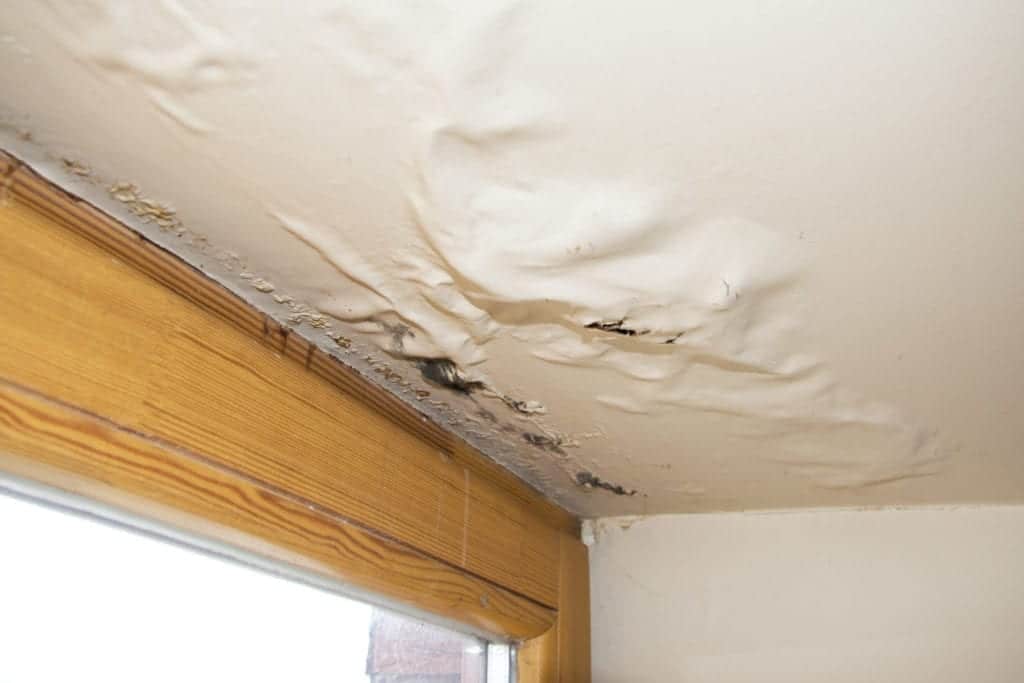Six Proven Methods to Identify Hidden Water Line Leaks Secretly
Six Proven Methods to Identify Hidden Water Line Leaks Secretly
Blog Article
Here down the page you'll find a good deal of worthwhile news related to Hacks to detect leaks.

Early discovery of dripping water lines can reduce a possible disaster. Some tiny water leakages may not be visible.
1. Take A Look At the Water Meter
Every house has a water meter. Checking it is a guaranteed manner in which helps you discover leaks. For beginners, switch off all the water sources. Guarantee nobody will purge, use the faucet, shower, run the washing maker or dish washer. From there, most likely to the meter and watch if it will certainly change. Since no one is using it, there ought to be no activities. That shows a fast-moving leakage if it relocates. Likewise, if you spot no changes, wait an hour or two and check back once again. This means you might have a slow-moving leak that might also be underground.
2. Check Water Usage
If you detect abrupt modifications, despite your consumption being the very same, it suggests that you have leakages in your plumbing system. An unexpected spike in your expense indicates a fast-moving leak.
Meanwhile, a steady increase on a monthly basis, despite having the same habits, reveals you have a slow leakage that's likewise gradually rising. Call a plumber to extensively check your property, particularly if you feel a warm location on your floor with piping below.
3. Do a Food Coloring Test
When it comes to water consumption, 30% comes from commodes. If the shade somehow infiltrates your bowl throughout that time without flushing, there's a leakage between the storage tank and also dish.
4. Asses Outside Lines
Don't fail to remember to inspect your outdoor water lines also. Should water leak out of the link, you have a loosened rubber gasket. One little leakage can throw away tons of water and increase your water costs.
5. Inspect and Evaluate the Circumstance
House owners must make it a behavior to check under the sink counters as well as also inside closets for any type of bad odor or mold and mildew development. These 2 warnings suggest a leak so timely attention is needed. Doing routine inspections, also bi-annually, can conserve you from a major trouble.
Check for stainings and weakening as many devices and pipes have a life expectancy. If you think dripping water lines in your plumbing system, do not wait for it to escalate.
Early discovery of dripping water lines can reduce a potential catastrophe. Some small water leaks may not be visible. Checking it is a guaranteed method that aids you find leakages. One tiny leakage can squander loads of water and spike your water expense.
If you believe leaking water lines in your plumbing system, don't wait for it to intensify.
How to Know If Your Home Has a Hidden Leak
Water Meter Reveals Inexplicable Water Usage
If you’d like to test whether or not there’s a leak somewhere in your home, you can do this using your water meter. Here is how to conduct the test:
Don’t use any water in your home for at least 30 minutes; this also means not turning on faucets or water-using appliances.
Go outside, and check your water meter for activity.
If your water meter shows that there was activity, even though no one was using any water, this proves that there is a leak in your home.Visible Mold or Mildew Growth
Leaks behind walls create moist, dark environments that allow mold and mildew to grow and thrive. Eventually, you might see mold growth forming on the wall closest to a hidden leak.
If mold is growing in an area that receives a high amount of moisture, such as a bathroom, it may simply be an indication that better ventilation is needed. However, if you see mold growth on a wall or the ceiling in an area where you would not expect, you probably have a hidden leak.
Musty, Mildew Odor
Sometimes you might not be able to see the mold or mildew that is growing as a result of a leak. However, the smell can give the problem away just as easily. If you catch a whiff of something musty, there’s a good chance that old water is collecting somewhere in your home that you can’t see.
Stained/Warped Walls, Ceilings, or Floors
When your home soaks up water, a variety of red flags can become visible, including ceiling stains, bubbling drywall, warped walls, and sagging floors. While these issues can be caused by excess humidity, they can also be signs that a pipe or plumbing connection has started leaking behind your walls.
Inexplicably High Water Bill
After a while, you get a general sense for what your water bill should be. If you own a pool or sprinkler system, your bill will tend to be higher during summer. However, if you receive a water bill that seems especially high, and you can’t figure out what caused it, then you may have a hidden leak somewhere that’s increasing your bill.
https://www.plumbingjoint.com/blog/2019/july/how-to-know-if-your-home-has-a-hidden-leak/

As an enthusiastic reader about Hacks to detect leaks, I thought sharing that piece of content was a good idea. Enjoyed reading our article? Please share it. Help others discover it. I am grateful for your time. Kindly stop by our site back soon.
We've got solutions! Report this page